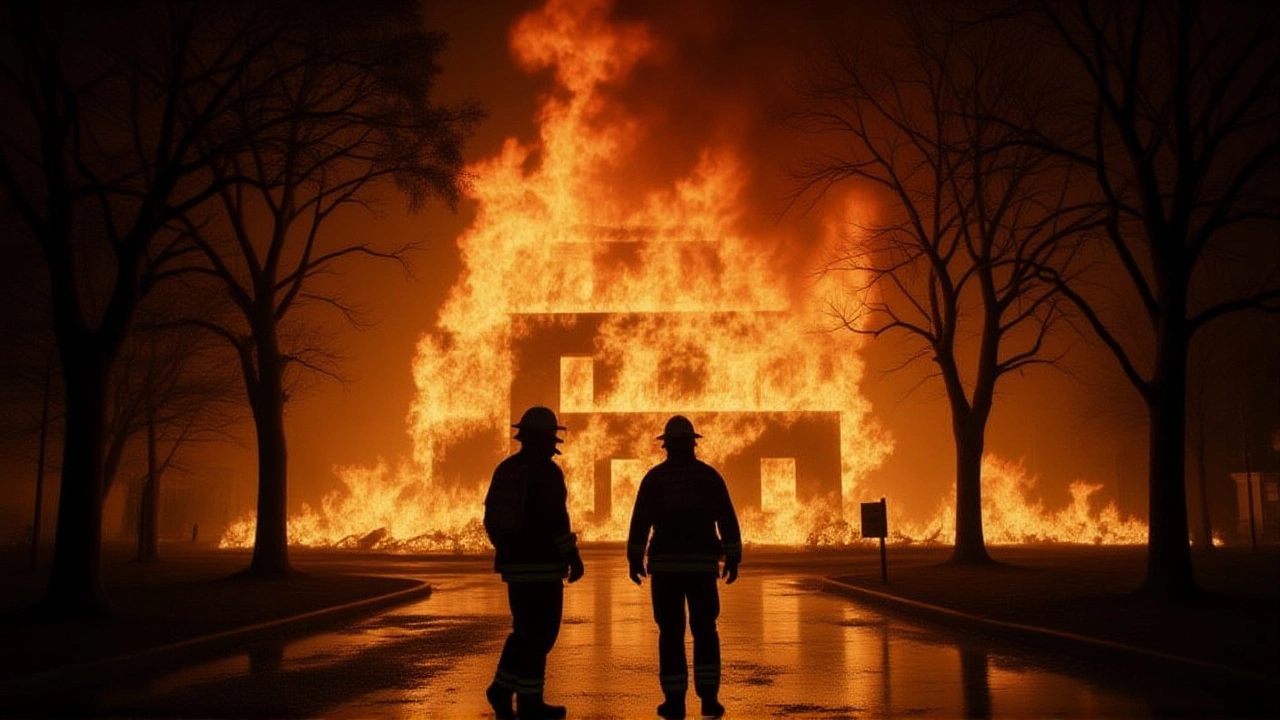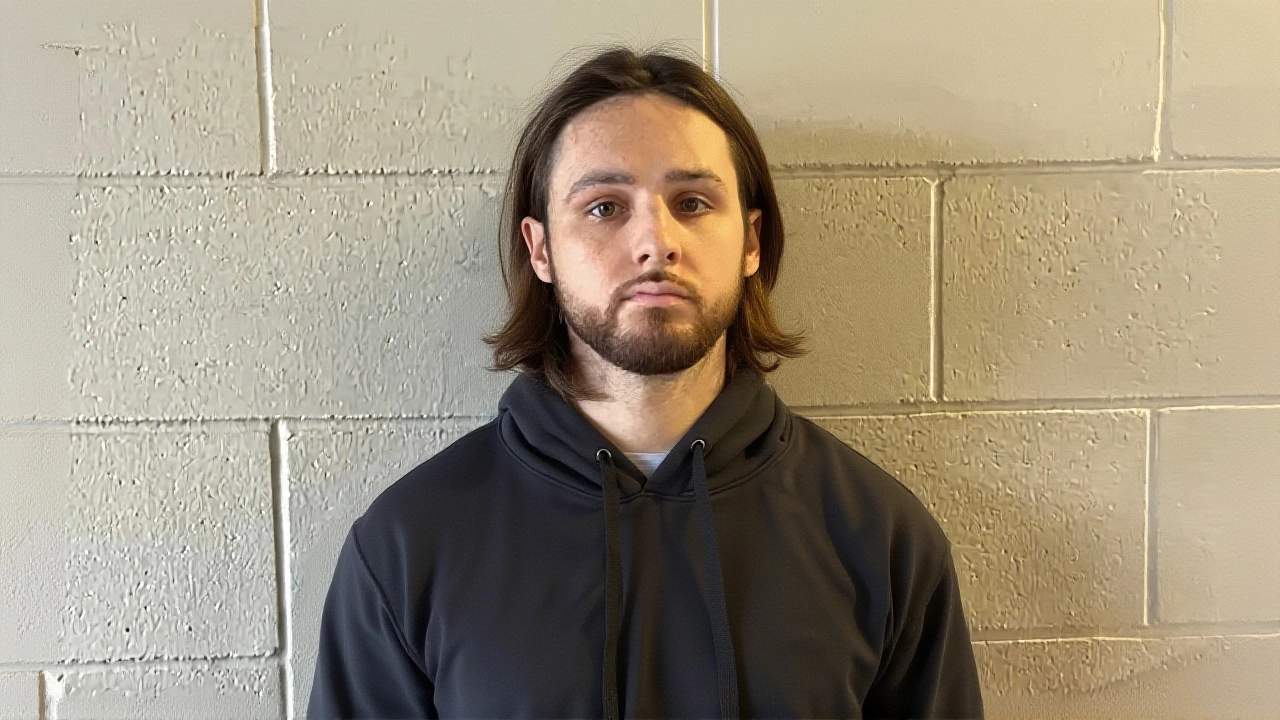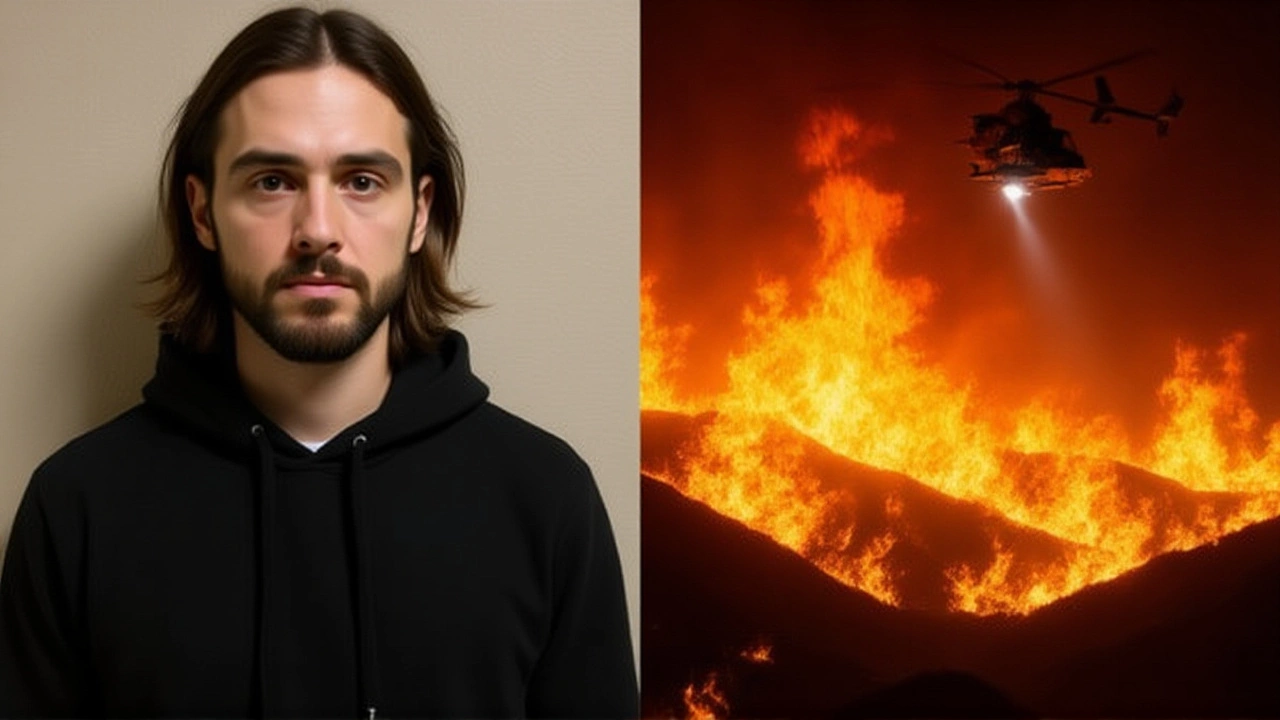When Jonathan Rinderknecht, a 29‑year‑old former Uber driver, was taken into custody in Florida on Jan 28 2024, officials said the arrest ties him to the catastrophic Palisades FirePacific Palisades, Los Angeles County, California. The Los Angeles County District Attorney’s Office and the Los Angeles Fire Department released the details, noting that the blaze claimed 12 lives and razed more than 6,000 structures.
- 12 confirmed fatalities
- 6,023 structures destroyed
- 1,500 firefighters from 15 agencies deployed
- Fire suppression costs exceed $50 million
- Arrest made in Florida; extradition pending
Background of the Palisades Fire
The fire ignited in the early hours of Jan 1 2024 on the dry slopes of Pacific Palisades, a coastal neighborhood nestled against the Santa Monica Mountains. Initial reports suggested a small brush fire that was quickly contained, but by Jan 4‑5 the same spot reignited under gale‑force Santa Ana winds, sending flames racing across roughly 12,000 acres.
Historically, the area is a tinderbox: the 1930 Griffith Park blaze and the 2018 Woolsey Fire both surged through similar chaparral terrain. Compared to Woolsey, which burned 96,000 acres and killed 24, the Palisades blaze was smaller in area but far deadlier per acre, underscoring how wind and humidity—22 % at the time—can turn a modest spark into a lethal inferno.
Investigation and Evidence
Detectives from the Los Angeles Police Department combed the origin point near Temescal Canyon Road. Forensic analysts recovered a discarded gasoline can, accelerant residue, and a set of footprints that matched Rinderknecht’s shoe size, as recorded in the criminal complaint filed by the DA’s Office.
"Digital timestamps from a ride‑share app placed Mr. Rinderknecht in the vicinity at 02:13 a.m. on New Year’s Day," said Detective Laura Kim, lead investigator. Eyewitnesses recalled a lone driver exiting his vehicle, carrying a small metal case—later identified as a fire‑starter kit.
The affidavit also cited cellphone pings that pinged a tower in Los Angeles and later showed the same device pinging a tower in Miami‑area Florida after the suspect fled the state.

Legal Proceedings and Charges
Rinderknecht now faces 12 counts of aggravated arson resulting in death, 6,023 counts of property destruction, and a single count of reckless burning of forest land, all under California Penal Code §§ 451.5 and 452. If convicted, the statutory maximum is life without parole.
The DA’s Office announced that a formal extradition request has been lodged with Florida authorities, and an initial arraignment is set for Feb 5 2024 at the Clara Shortridge Foltz Criminal Justice Center in downtown Los Angeles.
"We will pursue every legal avenue to hold the responsible party accountable," declared District Attorney George Gascón. The spokesperson added that the case will serve as a deterrent for anyone considering similar acts of arson.
Impact on Community and Firefighting Costs
Between Jan 5 and Jan 9, the fire claimed 12 lives, ranging in age from 38 to 89. Families were displaced from the 90292 ZIP code, where 5,211 residential units and 812 commercial properties were lost. Residents described the scene as "apocalyptic," with smoke so thick it turned day into night.
The financial toll is staggering: beyond the $50 million in suppression expenses, insurance payouts are projected to top $3 billion, according to the California Department of Insurance. Local businesses report revenue losses amounting to $150 million, and the rebuilding effort is expected to take at least five years.
Volunteer groups, such as the Pacific Palisades Neighborhood Association, mobilized to provide food, blankets, and temporary shelter. Their president, Maria Alvarez, said, "Our community is bruised, but we are not broken. We’ll rebuild, block by block."

Broader Implications for Wildfire Policy
The case reignites debate over California’s wildfire prevention measures. Critics argue that the state’s current focus on vegetation management overlooks the human element—deliberate ignition. Environmental groups, however, caution against over‑criminalizing a problem that is also driven by climate change.
Governor Gavin Newsom’s office has already proposed a $2 billion expansion of the state’s Firefighting Assistance and Prevention (FAP) program, slated for the 2025 budget. The Palisades tragedy may accelerate legislative moves to tighten penalties for arson, especially when the act endangers large populations.
Yet, experts like Dr. Emily Chen, a climate scientist at UCLA, warn that stricter penalties alone won’t curb future disasters. "We need to address the underlying drought conditions, invest in early‑detection technologies, and rethink land‑use planning," she said.
Frequently Asked Questions
How does the arrest affect the victims' families?
Family members say the arrest offers a measure of closure, but many stress that true justice will come only after a conviction. Some are already filing civil suits to recover lost property and emotional damages.
What evidence linked Rinderknecht to the fire?
Investigators cite accelerant residue, a discarded gasoline can, footprints matching his shoe size, and cellphone pings placing him at the origin point on Jan 1. Ride‑share logs also showed his vehicle idling nearby at the time.
Will this case change California's arson laws?
Lawmakers are already drafting bills to increase penalties for arson that results in death. The Palisades case is likely to be a catalyst, but any changes must clear the state legislature before taking effect.
How does this fire compare to the 2018 Woolsey Fire?
Woolsey scorched nearly 100,000 acres and caused 24 deaths, while the Palisades fire burned about 12,000 acres but still killed 12. Both were fueled by Santa Ana winds, but the Palisades blaze was more lethal per acreage due to its dense suburban setting.
What steps are being taken to prevent future arson‑driven wildfires?
Beyond tougher statutes, agencies are expanding surveillance cameras in high‑risk zones, boosting community education on fire safety, and increasing funding for rapid‑response units. The state also plans to improve data sharing between ride‑share companies and law enforcement.
